2020 Jeep Grand Cherokee Trackhawk review
Some reigns at the top are short lived, but the Jeep Grand Cherokee Trackhawk held on to its title of...
Jeep is back in the seven-seater arena with the arrival of the Grand Cherokee L. That’s L for long and large. In a few months’ time, the smaller Grand will arrive, with just two rows of seating.
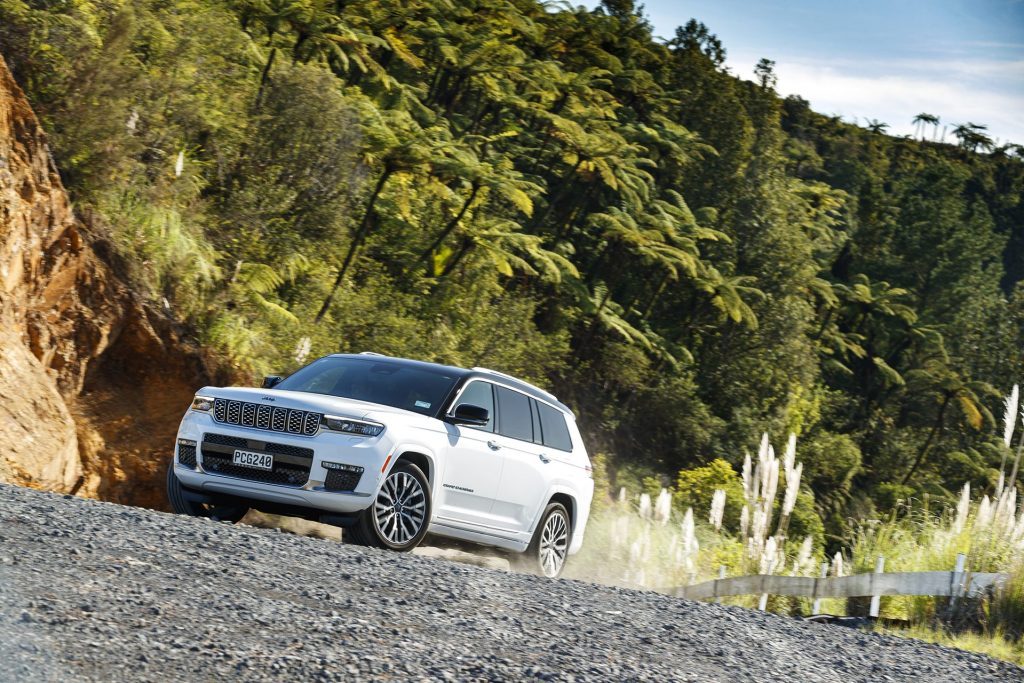
The pair are all-new offerings, with a fresh platform replacing some pretty old bones that have been in service for nearly twenty years. And that’s about how long it’s been since the demise of the (short-lived) Commander, Jeep’s last seven seater.
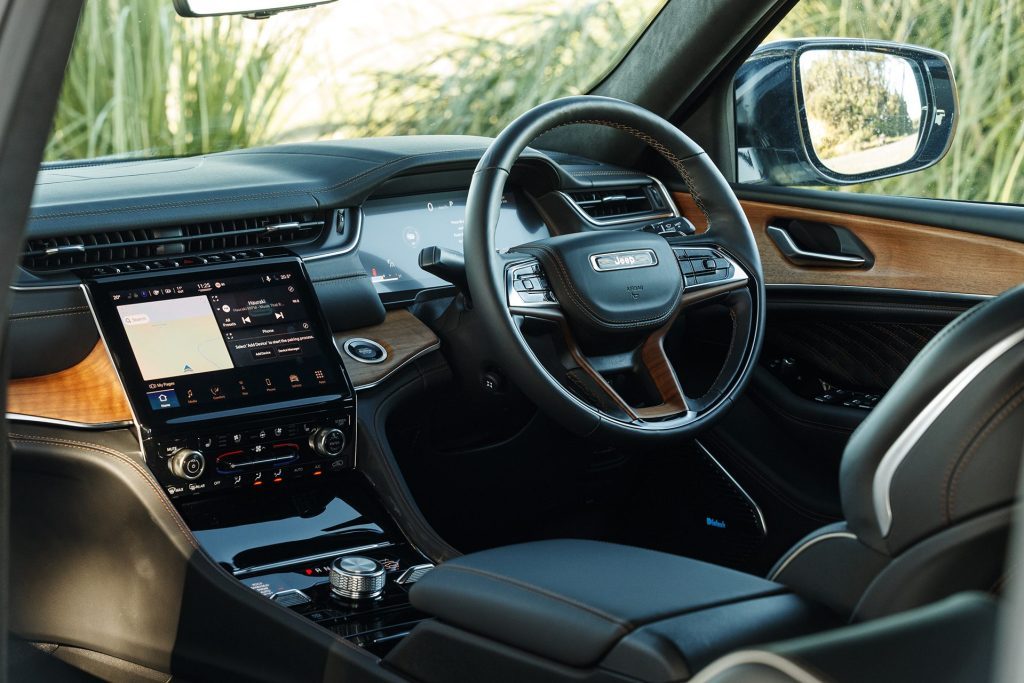
The new GC L could well do with an XL suffix for it sure is big at 5.2m long, 2m wide and 1.8m high. But then in the US and A, it’s only deemed to be a midsize SUV. The design was inspired by the original Wagoneer, if you can remember what that looked like. Mention of the wagon, there is a new one available in the US and it’s even larger again as it’s based on the Ram chassis. As such, it’s only available in LHD.
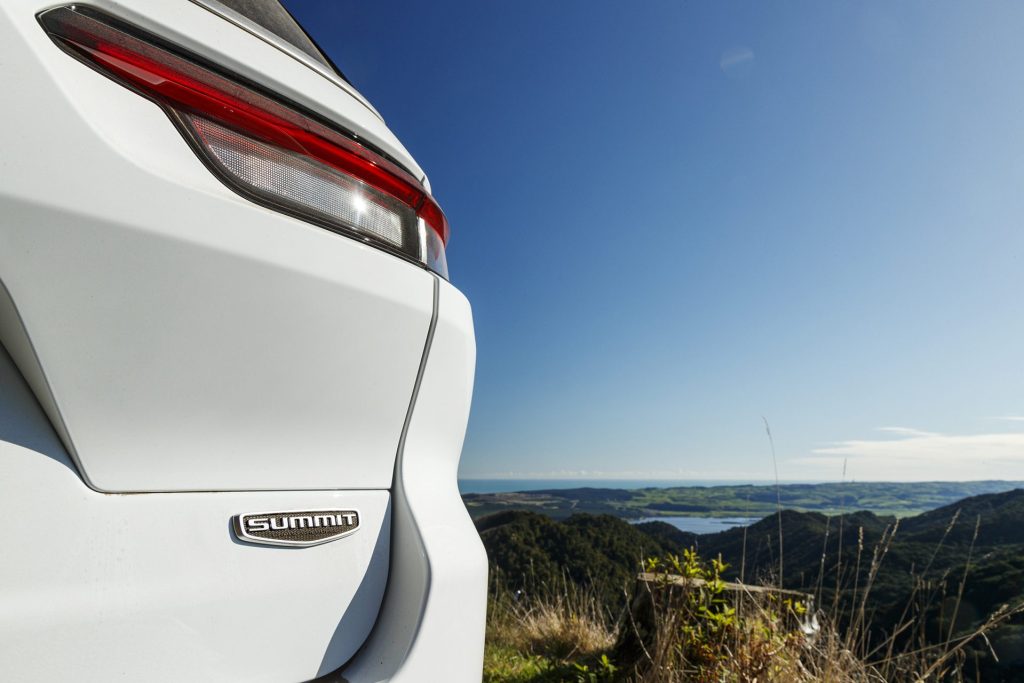
The L comes in three flavours here; the $99,990 Night Eagle, the $104,990 Limited and the Summit Reserve on test costs $134,990. All are powered by the firm’s 3.6-litre 210kW/344NM petrol V6 that’s tasked with hauling this 2.2 tonne Jeep. Helping out is an eight-speed auto and, being a Jeep, permanent AWD is a given. Fuel consumption is stated at 10.6L/100km combined, although the WLTP3 figures from Rightcar suggest 11.9L/100km and 271g/km. That means a CCD fee of $4887.50. There are no other engine options planned for the L, although Jeep NZ says it hopes to have a plug-in hybrid version of the five-seater Grand arriving (hopefully) in Q1 of 2023.
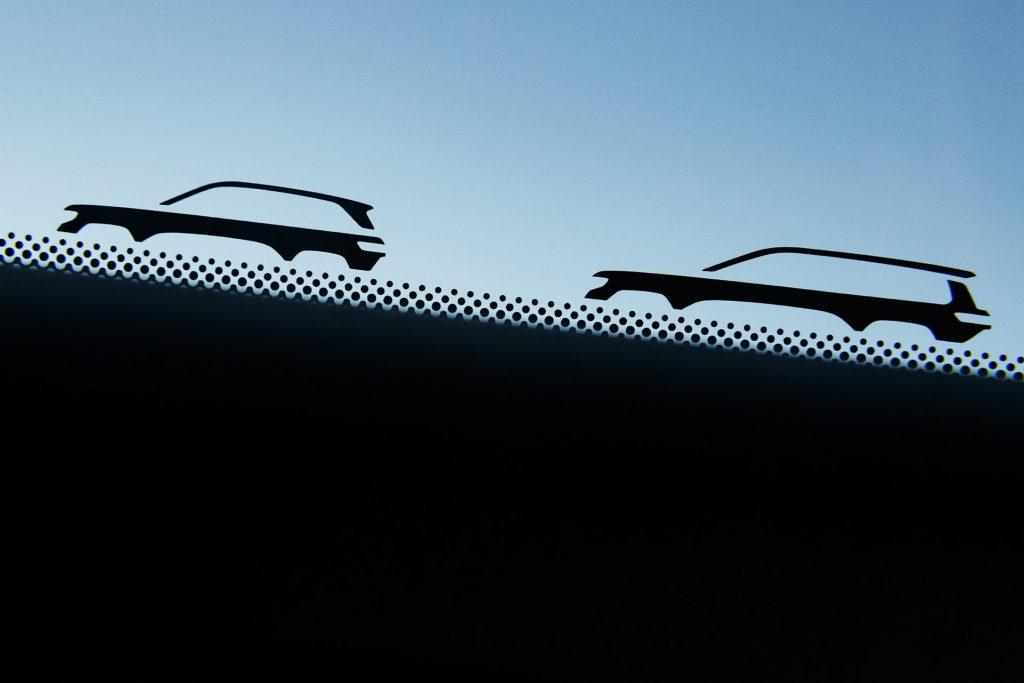

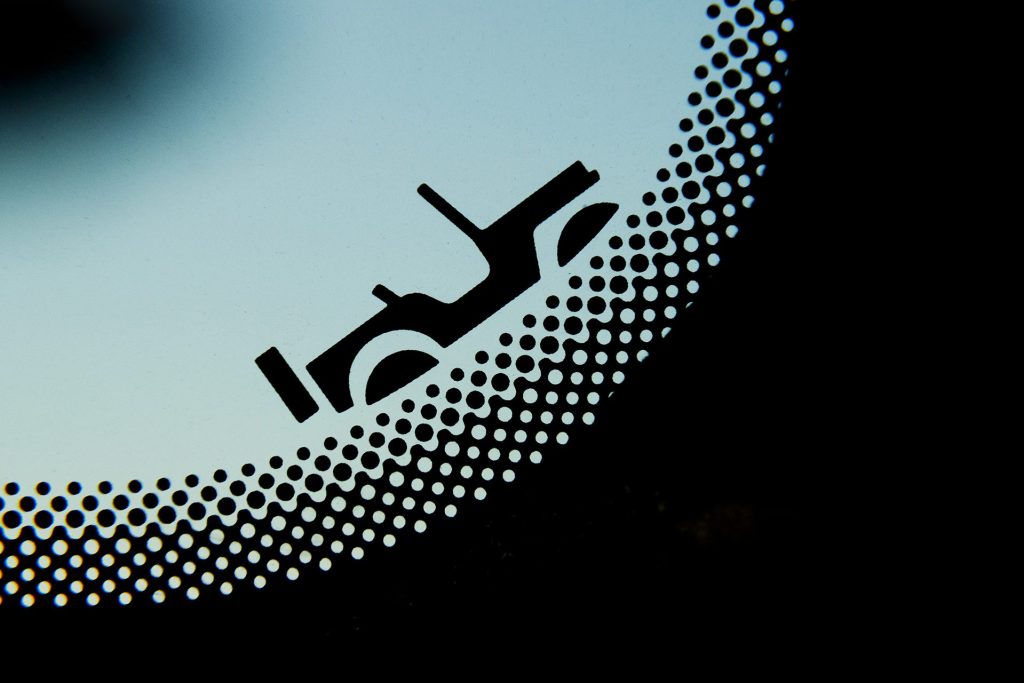
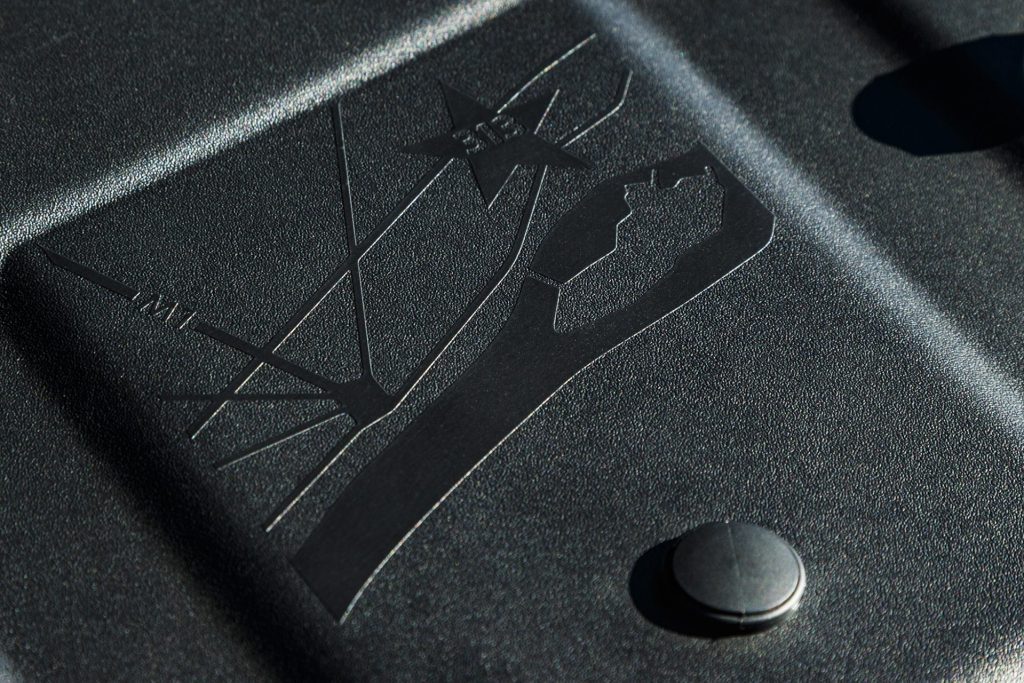
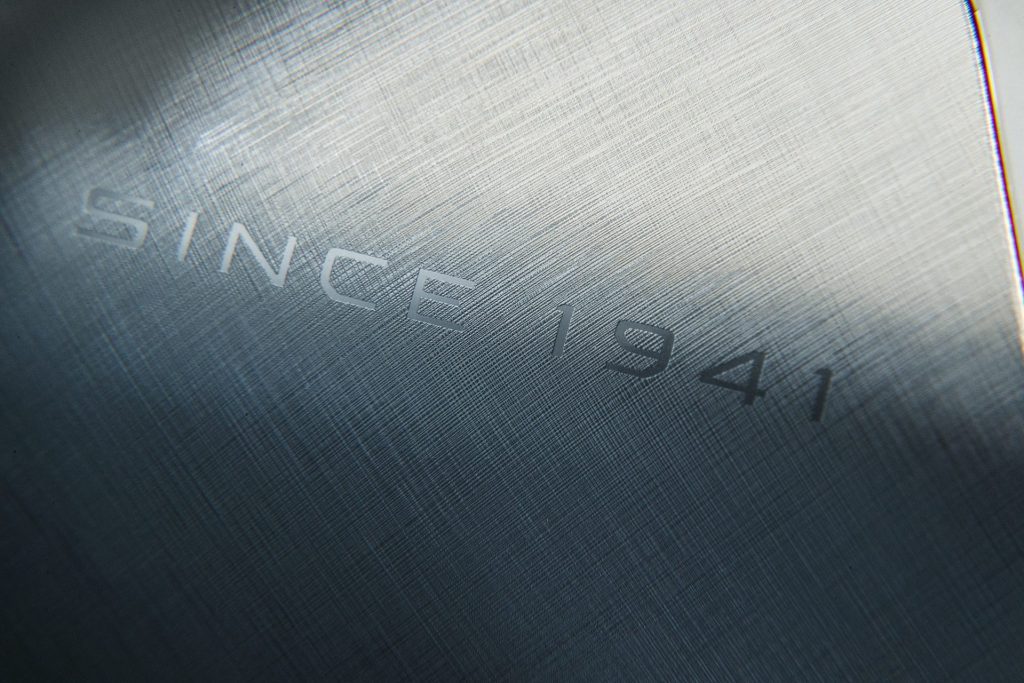
The GC L’s AWD system can vary the torque split between axles depending on traction requirements while the Summit gets the addition of a low-range transfer case. Where the Eagle and Limited ride on coil springs, the Summit gains air suspension with adaptive damping to smooth the ride. It also adds variable ride height which can ramp the clearance up from the default 212mm to a maximum of 318mm in Off-road 2 mode, which also increases those approach (up to 30 degrees) and departure angles (up to 23 degrees). An Aero setting lowers the Grand 21mm to improve economy, while it can sink a further 20mm in Park mode to help boarding. However, this air suspension is said to be the reason behind the Summit’s lower tow rating, being 2268kg versus 2813kg for the others, as the variable ride height can influence the downweight force on the tow hitch. Likely to see more use than the low-range is the Selec-Terrain system with five terrain modes (Auto, Sport, Rock, Snow, Mud/Sand) to set the traction control.
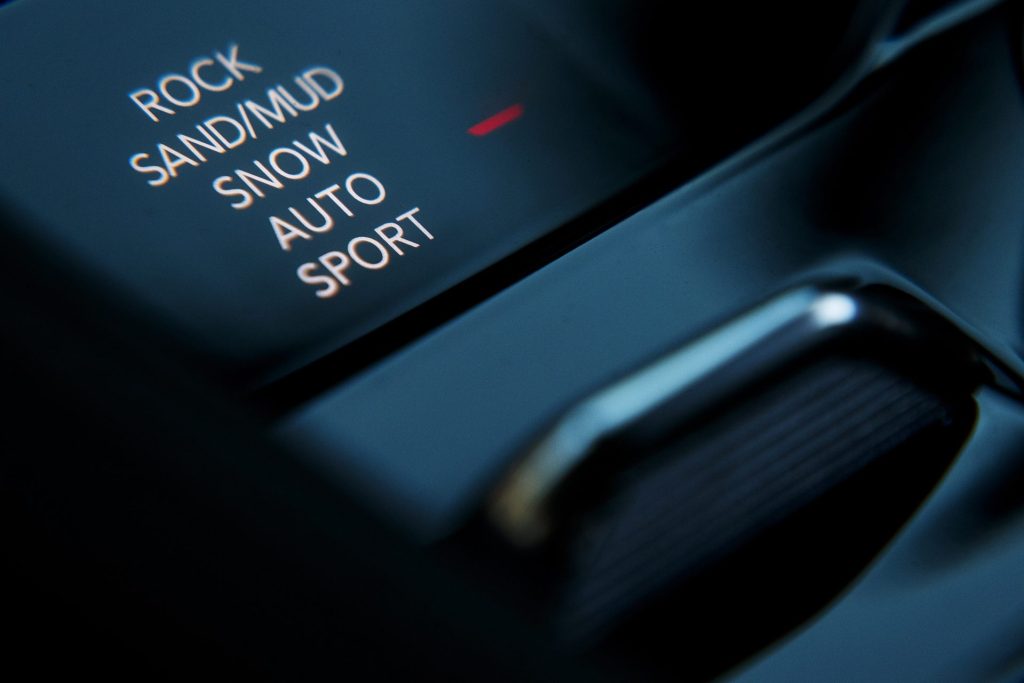
The new unibody design platform is said to be stiffer and lighter with more aluminium panels and alloy components used. Still, the Summit weighs in at 2270kg but design aspects such as the mounting of the axle directly to the engine are said to have helped keep the bloat in check. That’s also claimed to improve dynamics as the engine is mounted lower. Active engine mounts help soothe some of the buzz from the V6 and multilink suspension set-ups front and rear aid ride and handling.
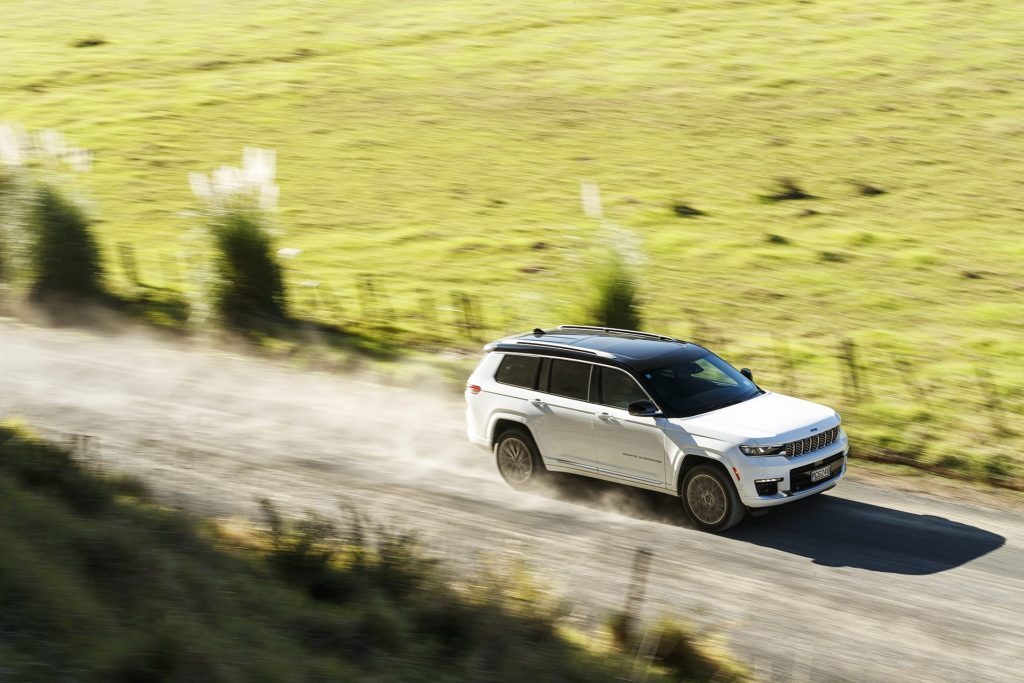
Around town, being air sprung, the ride is rather pleasant despite the weighty 21-inch wheels doing their best to highlight the bumps. And it punches over those pesky speed bumps nicely. The turning circle is akin to a ute’s; it’s a big truck so is to be expected. You’re aware of its dimensions when entering a car park where there’s usually little room to manoeuvre. And when parked, it takes up every square millimetre of space and more. That can make it difficult to unload the kids as the rear doors are big and therefore open out wide. Such is large car life. The steering is lightweight so turnarounds aren’t too arduous while the Summit gains an around-view system to monitor your surroundings. There are some novel features like the back seat cam. This has a wide angle camera mounted on the roof in the rear to keep tabs on happenings back there, the images relayed to the touchscreen, giving parents eyes in the back of their heads. There’s no recording function to capture incriminating evidence of wrongdoing, however.
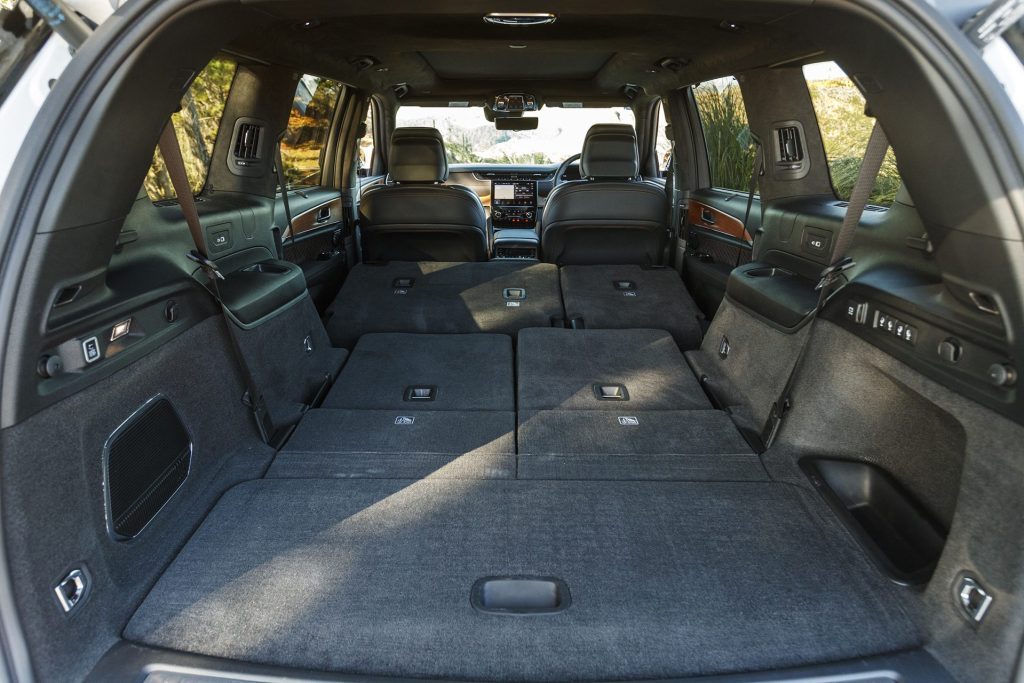
New too is the infotainment set-up. It has a pleasant interface with logical navigation but even though it’s Jeep’s fastest system yet, it still lags; sometimes there’s a three-second pause between touching the button and the menu coming up. There are no voice control smarts either.
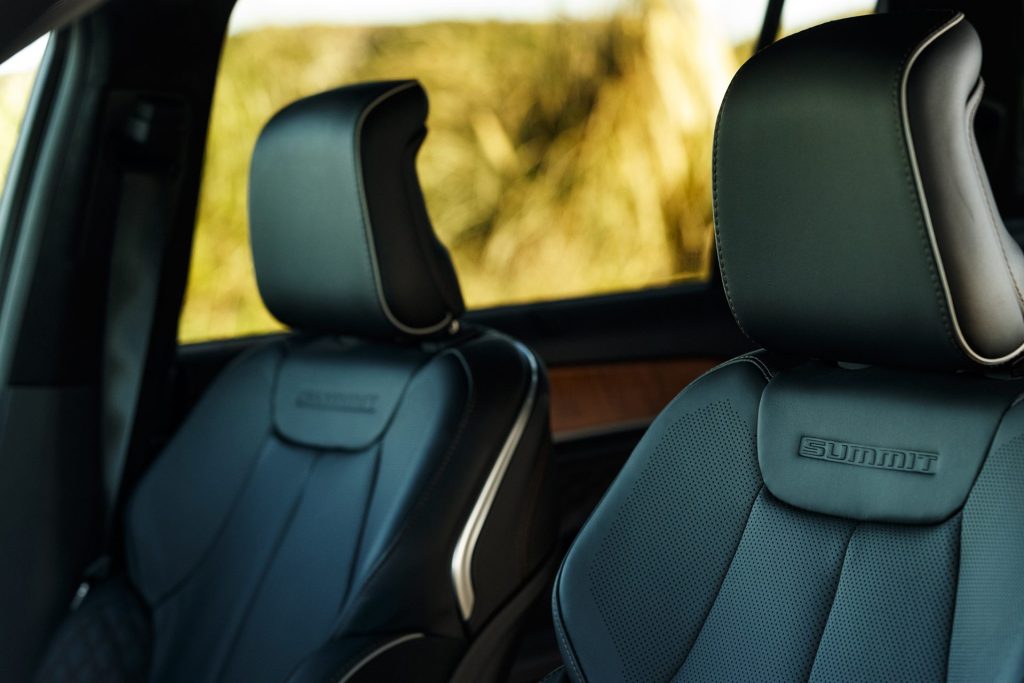
The Summit is packed with comfort features and added luxuries, front seat passengers sure to enjoy a little massage en route, while the heating elements in the front and rear seats really toast your insides. The finishing and materials impress as the Jeep brand is not well renowned for this. There’s plenty of wood and stitched leather here and so as long as you like the western theme, you should be enamoured.
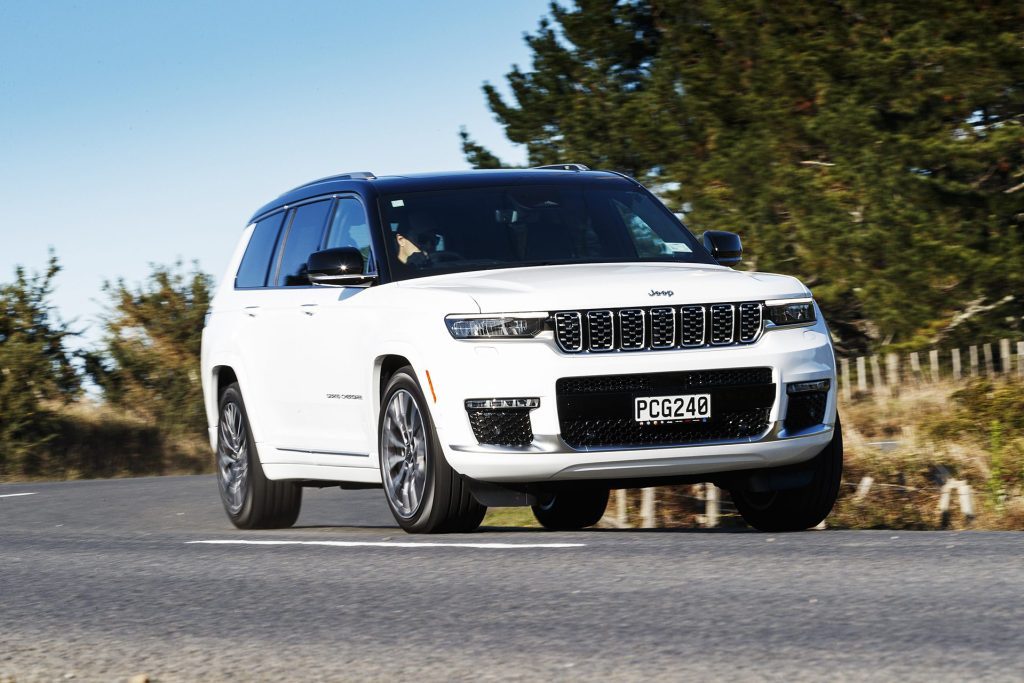
With a new electrical architecture, Jeep can offer the full array of active driving features, all being well calibrated, save for the lane departure gizmo which kept getting confused on the motorway; we certainly were keeping in the middle of the lane thank you. And so it was strange that the active cruise with the lane keeping function worked rather well, easy to set up too with the logically arranged steering wheel buttons.
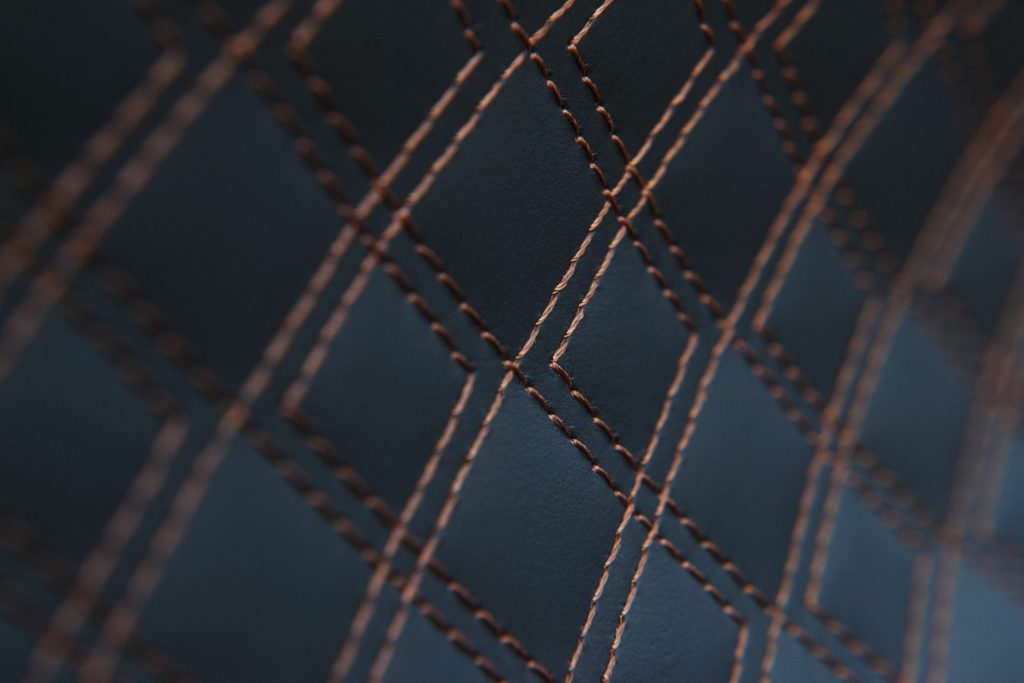
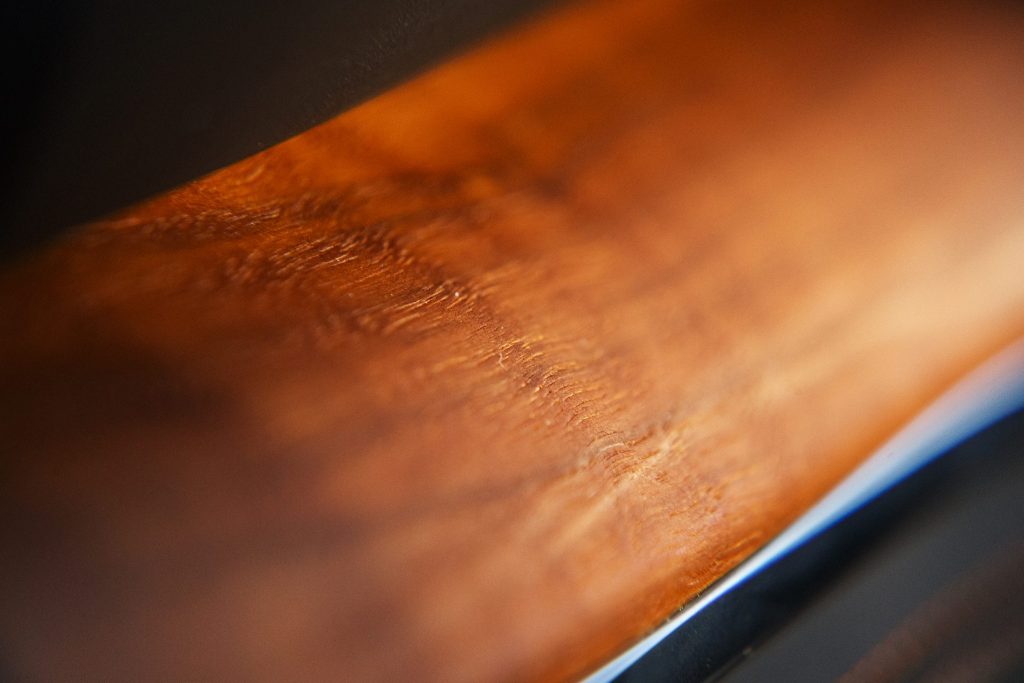
Is the V6 up to the task here? It makes enough torque below the 3000rpm mark for your jaunt to the supermarket. The eight-speeder does its darndest to ease the fuel use, which means you have to give the pedal a decent stab to initiate kickdown to get things moving. Being naturally aspirated, the fullness of the power lives up high, so if you’re always in a rush, prepare for big gas bills. We managed to average 14L/100km during our time with it although the long term average was sitting at 16L/100km. A $135k machine probably deserves a better engine.
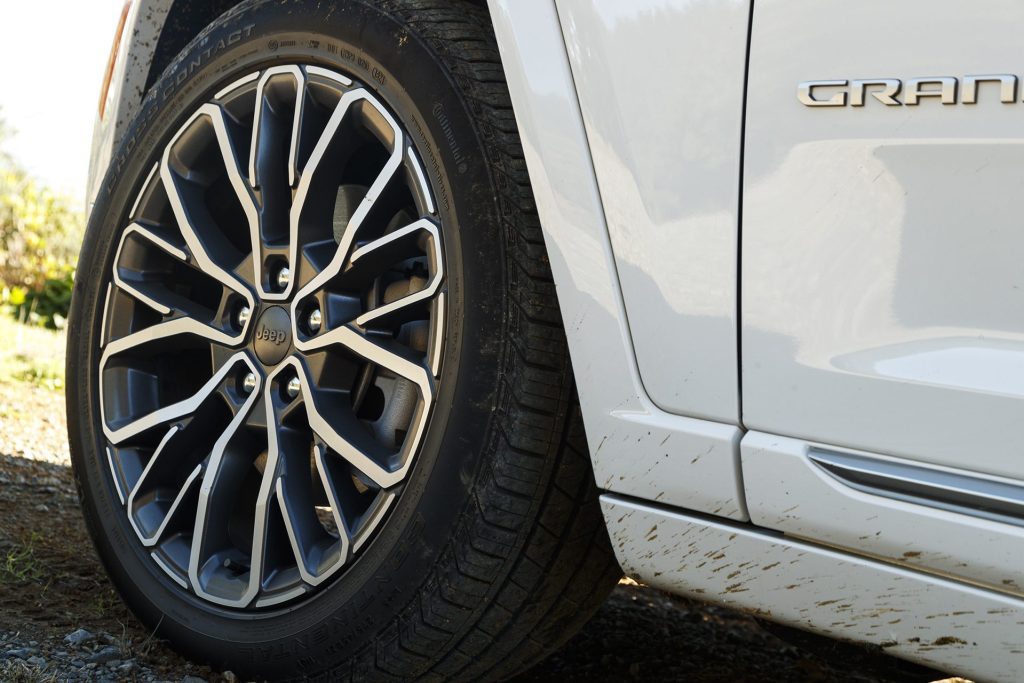
On a winding road, Sport mode helps sort the auto, locking out the top ratios to stop it constantly chopping and swapping. That helps keep the V6 bubbling away better too and the throttle response is therefore more consistent. Highway rolling is better in the Auto mode, the engine calm in top gear, the main road ride settled, the tyre and wind noise kept to a minimum.
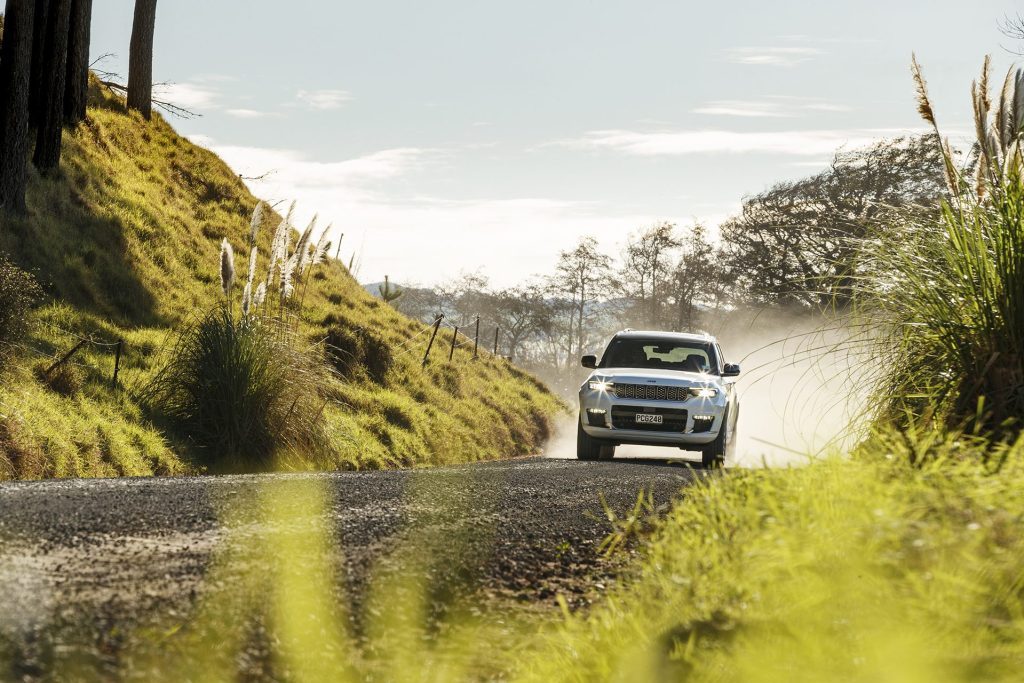
Turning it through the curves, it’s big but stable on its wide tracks and long wheelbase. The ESP doesn’t tolerate stressed tyres and is on the case to maintain a safe line through the bends. It does so politely however. On gravel, the suspension compliance maintains the ride, but the traction control works constantly; Jeep really doesn’t want you to get out of shape on the way to your destination.
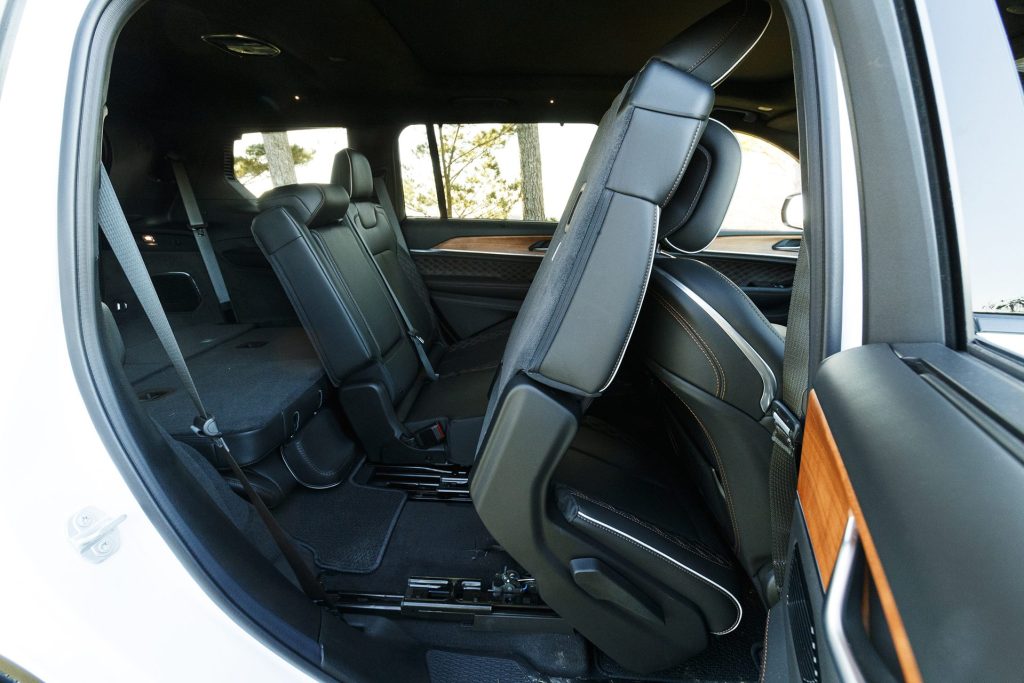
A generous wheelbase gives an expansive interior, with ample lounging room in the rear. The second row has a straightforward “tip and slide” folding mechanism to give good access to those seats in the rear. These are spacious enough for adults too, though kids are always a better fit back there. Boot space is huge in five-seater mode, with a genuinely useful amount leftover in behind the third row when it’s in use too. Those sixth and seventh seats have power folding which is convenient, if a little slow in operation.
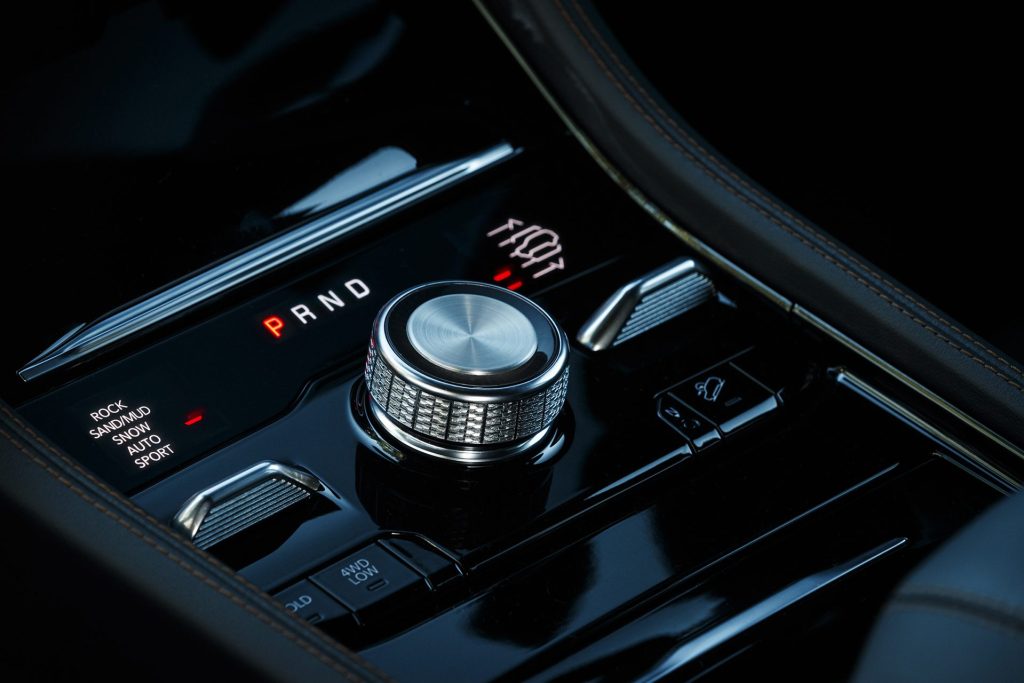
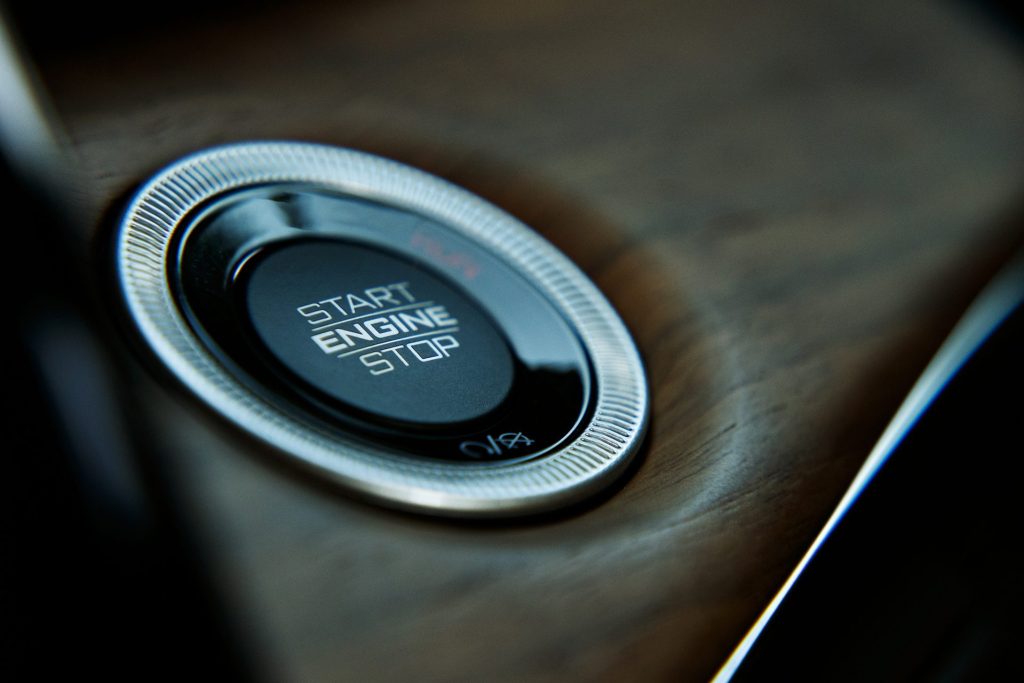
Reflecting its price, each L is well specified. The Night Eagle comes leather trimmed, the seats powered and heated, with three zones of climate A/C and no less than 12 USB ports scattered throughout the cabin. There’s an 8.4-inch screen with Android Auto and CarPlay as standard while over-the-air updates are available to keep the new TomTom-based nav system up to the minute.
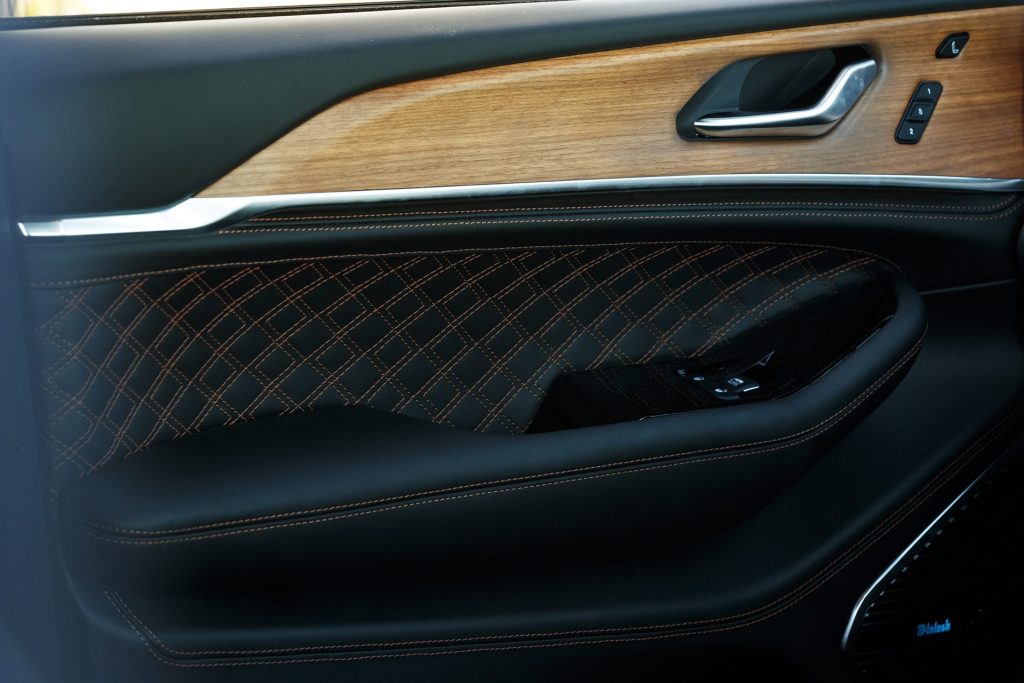
Move up to the Limited and you get more goodies including the likes of a larger 10-inch infotainment screen, a higher grade of cow coverings and more seat heaters and premium sounds. Step up to the Summit Reserve and you’re treated to quilted ‘Palermo’ leather, a black painted roof, 21-inch wheels, wood trim, 19-speaker McIntosh sounds, power folding for the third row of seats, a 360-degree camera, self-parking and more. An optional Advanced Technology Group pack adds a colour head-up display, wireless charging, an infrared night vision camera and, from MY22, there will be an interactive display for the front passenger to fiddle with.
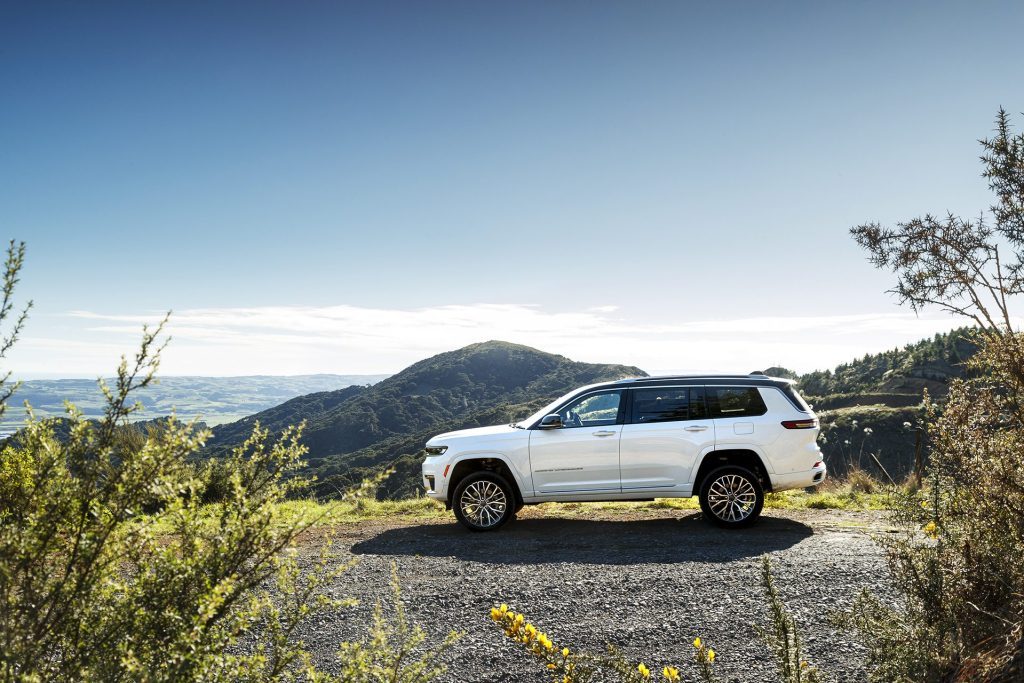
If you like them big and luxurious, this will suit you, as long as you can stomach the fuel use and emissions profile. In the realm of luxo seven-seaters, it’s well specified for the price however. Best to get in quick though. While the CCD fee is steep this year, prices are sure to rise in 2023 when the Clean Car Standard tax is added to the price.
| Model | Jeep Grand Cherokee L Summit Reserve |
| Price | $134,990 |
| Clean Car Discount | Fee + $4887 |
| Engine | 3604cc,V6, EFI |
| Power/Torque | 210kW/344Nm |
| Drivetrain | 8-speed twin auto, AWD |
| Fuel Use | 11.9L/100km |
| C02 Output | 271g/km |
| 0-100km/h | 8.5sec (claimed) |
| Stability systems | ABS, ESP, TV |
| Safety | AEB, ACC, BSM, LDW, RCTA, ALK, AHB |
| Luggage Capacity | 487-1330-2395L |
| Tow rating | 750kg (2268kg braked) |
| Service intervals | 12 months/12,000km |
| Warranty | 3 years/100,000km |
| ANCAP rating | not yet rated |
| Weight | 2270kg (claimed) |
You may also like…
Some reigns at the top are short lived, but the Jeep Grand Cherokee Trackhawk held on to its title of...
Looking like a Wrangler with a tray, the Gladiator is Jeep’s one-tonne ute equivalent, and there’s now an entry-level sport...


